Concept:
Using AWS Lambda functions with Python and Selenium, I want to create a undetectable headless chrome scraper by passing a headless chrome test. I check the undetectability of my headless scraper by opening up the test and taking a screenshot. I ran this test on a Local IDE and on a Lambda server.
Implementation:
I will be using a python library called selenium-stealth and will follow their basic configuration:
stealth(driver,
languages=["en-US", "en"],
vendor="Google Inc.",
platform="Win32",
webgl_vendor="Intel Inc.",
renderer="Intel Iris OpenGL Engine",
fix_hairline=True,
)
I implemented this configuration on a Local IDE as well as an AWS Lambda Server to compare the results.
Local IDE:
Found below are the test results running on a local IDE:

Lambda Server:
When I run this on a Lambda server, both the WebGL Vendor and Renderer are blank. as shown below:
I even tried to manually change the WebGL Vendor/Renderer using the following JavaScript command:
driver.execute_cdp_cmd('Page.addScriptToEvaluateOnNewDocument', {"source": "WebGLRenderingContext.prototype.getParameter = function(parameter) {if (parameter === 37445) {return 'VENDOR_INPUT';}if (parameter === 37446) {return 'RENDERER_INPUT';}return getParameter(parameter);};"})
Then I thought maybe that it could be something wrong with the parameter number. I configured the command execution without the if statement, but the same thing happened: It worked on my Local IDE but had no effect on an AWS Lambda Server.
Simply Put:
Is it possible to add Vendor/Renderer on AWS Lambda? In my efforts, it seems that there is no possible way. I made sure to submit this issue on the selenium-stealth GitHub Repository.



